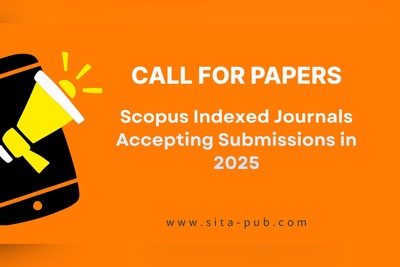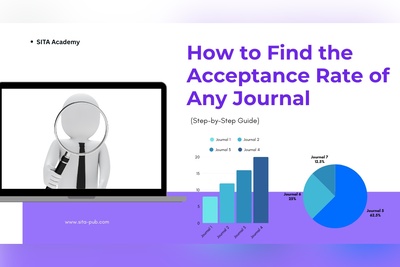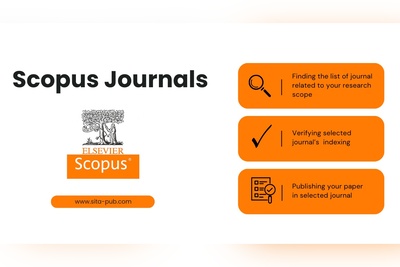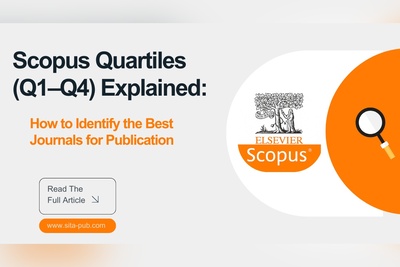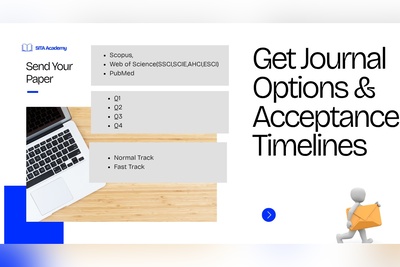Scopus, WoS, or PubMed: Which is Better for Academic Publishing?
Trying to decide where to publish your research — Scopus, Web of Science, or PubMed? This article breaks down their differences in indexing, subject areas, timelines, and fees to help you choose the best platform for your academic goals.
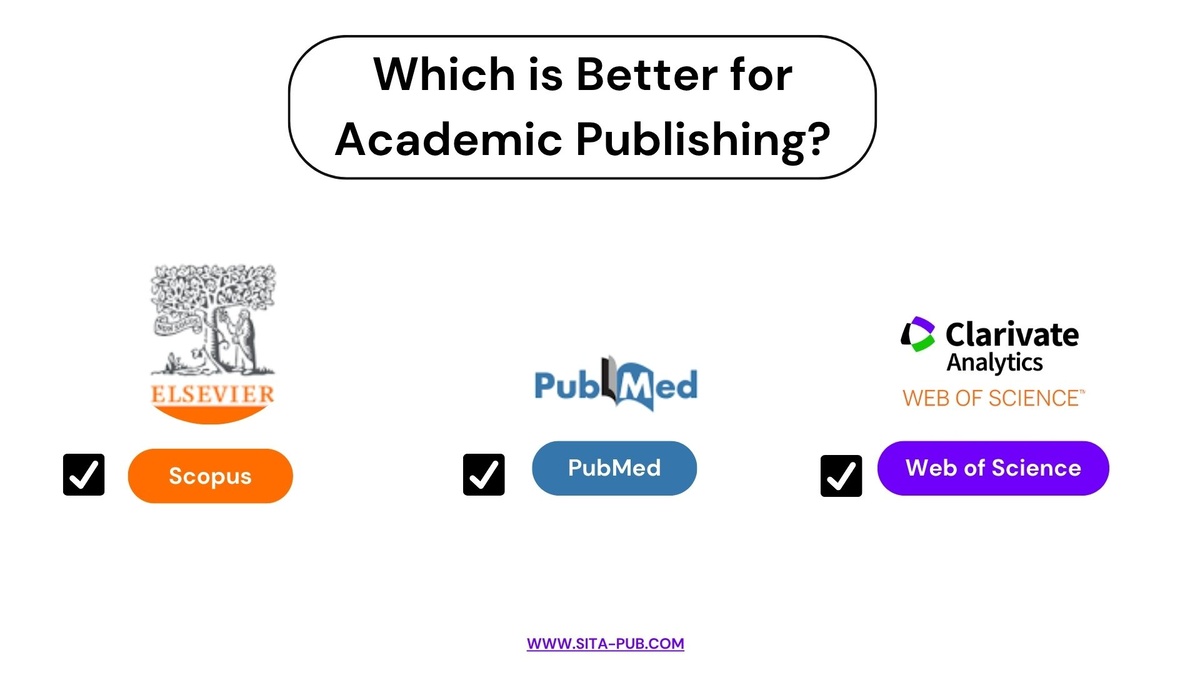
If you're planning to publish a research paper, one of the most important decisions you'll face is where to publish it. Should you aim for a Scopus-indexed journal? A journal listed in the Web of Science (WoS)? Or perhaps one available on PubMed?
These three are among the most recognized and widely used research databases in the academic world. However, they serve different purposes, cover different fields, and are evaluated using different metrics. Choosing the right one depends heavily on your academic goals, the nature of your research, and even your publication timeline or budget.
In this article, we’ll explore everything you need to know to make an informed decision.
Brief History of Scopus, WoS, and PubMed
Scopus
Launched by Elsevier in 2004, Scopus is a large, multidisciplinary abstract and citation database that indexes peer-reviewed literature including journals, books, and conference proceedings. It was created to offer an alternative to Web of Science and has grown rapidly.
Web of Science (WoS)
Developed by the Institute for Scientific Information (ISI) and now owned by Clarivate Analytics, Web of Science has been around since the 1960s. It’s one of the oldest indexing platforms, known for its strict inclusion criteria and emphasis on journal quality.
PubMed
PubMed is a free search engine maintained by the U.S. National Library of Medicine (NLM). It primarily provides access to MEDLINE, a database of references and abstracts on life sciences and biomedical topics. It was launched in 1996 and is now one of the most trusted platforms in the healthcare and medical research community.
Fields of Coverage
Platform | Primary Fields |
Scopus | Multidisciplinary (Science, Engineering, Social Sciences, Arts & Humanities) |
WoS | Multidisciplinary (with strong emphasis on science and social science) |
PubMed | Medicine, Life Sciences, Biomedicine, Public Health, Pharmacy |
Takeaway: If you're in the medical or life sciences, PubMed may be most relevant. For engineering, management, or humanities, Scopus or WoS are better suited.
Indexing and Reach
Scopus indexes over 25,000 journals, including many conference proceedings and trade publications.
Web of Science is more selective with around 21,000 journals across its Core Collection.
PubMed has over 35 million citations, but not all are peer-reviewed full-text journals (some are preprints or book chapters).

Note: WoS and Scopus are widely recognized by universities and academic institutions for tenure, promotion, and funding decisions. PubMed is critical in clinical and biomedical research.
Average Publication Timeline
While publication time is determined more by the individual journal than the database itself, here’s a general comparison:
Platform | Average Time from Submission to Publication |
Scopus | 2–6 months (varies by journal) |
WoS | 3–9 months (more rigorous review process) |
PubMed | 1–4 months (many journals are faster due to clinical urgency) |
Note: Some journals offer fast-track options for an additional fee.
Publication Fees
Scopus: Some journals are free; many charge APCs (Article Processing Charges) between $200–$3000+.
WoS: Similar to Scopus, fees vary widely depending on whether the journal is open-access or subscription-based.
PubMed: Many journals are free to publish (especially if sponsored by medical institutions), but high-impact ones can charge APCs.

Tip: Always check whether your institution or funder covers APCs.
Journal Evaluation Metrics
Platform | Key Metrics |
Scopus | |
WoS | Journal Impact Factor (JIF), Eigenfactor, Article Influence Score |
PubMed | No platform-wide journal ranking metric, but journals may still have Impact Factors (if indexed in WoS) |
Takeaway: If Impact Factor is important for your career or institution, focus on WoS-indexed journals.
Which is Better for Academic Publishing: Scopus, WoS, or PubMed?
There is no single right answer to this question. The best platform depends entirely on your personal goals and research discipline.
Ask yourself:
Do you have a requirement for indexing?
Some universities or funding bodies require publication in Scopus or WoS. Others accept PubMed if you're in the medical field.
Do you have a deadline?
If you need to publish quickly—for graduation, job applications, or funding deadlines—choose a journal (on any platform) known for fast review and publication.
Do you have a limited budget?
Some journals, especially in PubMed, offer free or lower-cost publishing. Many WoS and Scopus journals charge high APCs, especially open-access ones.
Other Questions to Help You Choose the Right Platform

What field is your research in?
If it's clinical or biomedical, go for PubMed. For broader science and social science fields, Scopus or WoS are better.

Do you need a high citation rate?
Journals in Scopus and WoS with high Impact Factor or CiteScore usually get more citations.

Does your institution or advisor prefer a specific database?
Check any university-specific guidelines for thesis publication or academic promotions.

Do you want to reach international readers?
All three platforms have global reach, but Scopus and WoS are widely recognized in Europe and Asia, while PubMed is especially strong in North America.
Final Thoughts
All three databases—Scopus, Web of Science, and PubMed—play crucial roles in academic publishing. Instead of trying to choose “the best one,” focus on your goals, field, timeline, and budget.
If you're in medicine and want high visibility in clinical circles, PubMed is a great choice.
If you’re targeting broader academic impact and global recognition, Scopus or Web of Science are often better.
And if you want strong metrics like Impact Factor or SJR, then journal selection within WoS or Scopus is key.
Publication Support Services at SITA Academy
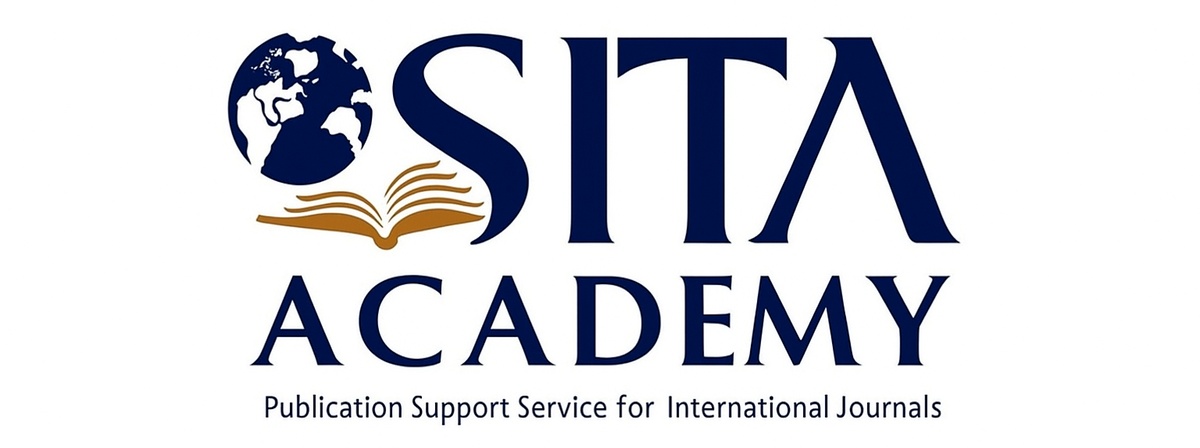
Expertise in Indexed Journals
We provide specialized publication assistance in journals indexed by Scopus, Web of Science (WoS), and PubMed. These platforms are among the most recognized in the academic world, and we understands the unique requirements and standards of each.
Guidance Across the Entire Process
The academy supports researchers, graduate students, and faculty members throughout the full publication journey—from journal selection and manuscript preparation to submission and follow-up with editors.
Skilled and Professional Team
With a team of experienced professionals, we ensure that every manuscript aligns with journal-specific guidelines and meets all technical and ethical standards. Our team is trained to navigate the complexities of academic publishing, helping authors avoid common pitfalls and maximize their chances of acceptance.
Focused on Success
Whether it’s formatting, citation style, peer review preparation, or communication with editorial boards, we offer structured support tailored to the needs of academic authors aiming for publication in top-tier indexed journals.
Process of Submitting an Order in SITA Academy

Share Your Research Scope |

Receive Journal List |

Select Your Journal |

Formatting & Submission |
